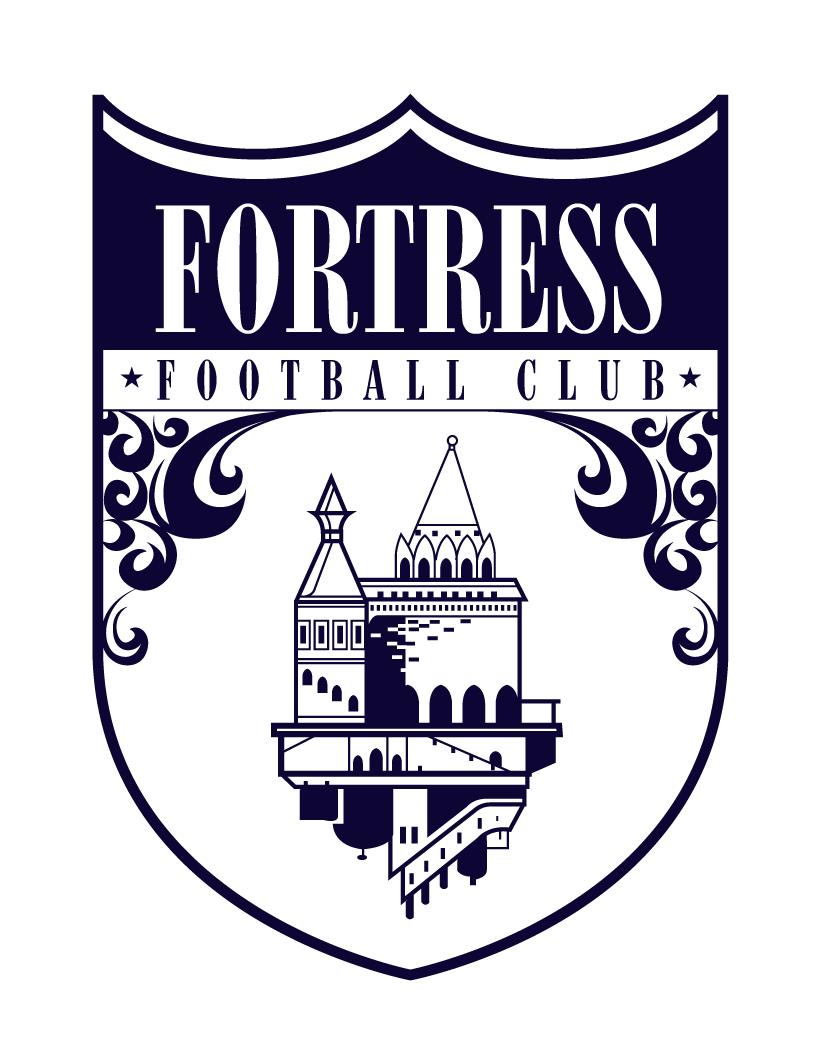Breaking the Lines
Our focus this week is on breaking the lines.
What are lines in soccer and how do we break them?
Lines represent the attacking, midfield, and defensive lines set by our opposition. Breaking a line is moving the ball from behind an opposition line to in front of it.
An example of this is if I’m a center back being defended by two strikers. If I move beyond the two striker opposition, through dribbling or passing, I have “broken the line”.
In youth soccer, this is often less complicated than in professional soccer due to formations staying relatively the same in attack and defense.
Mikel Arteta, Manager of Arsenal, said they played 36 different formations against Fulham. That’s in one game!
Back to youth soccer. As players, we want to recognize these lines as quickly as possible. There are ways to break this down in a systematic way:
1. What formation is our opponent using?
The reason this matters is because it distinguishes how many players are in each line. Do they have two attackers or three? Are they playing with three midfielders, two, four? How many defenders do they play with?
More specifically, if the opposition are playing three attackers, do they play with one striker and two wingers? Or, is it three forwards, meaning the players press inside? Or, even more specific, do they press with a lone striker and two attacking midfielders behind the striker?
This level of detail is pertinent to know for every player, especially, in reference to the example above, our defensive line.
If I’m a right center back and I know the striker will press me 80% of the time because their left winger sits back a little, I know they will direct me outside rather than inside. This speeds up my decision making time and I can move my attention to other duties.
2. Does the other team press or sit back?
This is a big one. Most teams we play will press. Kids are encouraged to press as much as possible and not to sit around while the other team has the ball.
Great, this is exactly what we want. This leaves holes everywhere because the more a team presses, the more coordinated they need to be and the more space they leave behind them.
3. How does the opposition react when their line gets broken?
Do they sprint back towards the ball, their mark, or their zone? Do they jog back? Do they let their midfield and/or defensive line do the work for them. This will let us know where holes will be before a particular line is broken, which leads us to our next component.
4. When we attack a particular side, how do the lines move? What about the other side? What about through the center?
Can the other team stay organized if we split their midfield line? Can they recover quick enough to get numbers up in the game space? Are they slow or weak or strong on the outside? All of these questions help us make choices on and off the ball.
Breaking lines helps us play a game within the game. Instead of having this far away goal of scoring a goal, we can have fun and get great satisfaction from recognizing numbers up in a particular game space, circulating the ball, and finding the split through a pass or dribble to break a line.
This moves the defense around and demoralizes them, leaving them winded and not wanting to play as they will touch the ball less.
For example, in this snapshot, we have a 2v1 (pink circle). We are numbers up and should take advantage in breaking the attacking line and dribbling into space (our #2).
Another example of numerical superiority or numbers up.
Here, we have a 3v2 with our keeper (so important for our keepers to be confident with their feet). When our #5 passes to our keeper, who will press our keeper? If it’s their #9, our #4 should be open. If it’s their #11, we may have a third man passing sequence starting with our #6 and ending with our #2
This will be a fun week that will challenge you mentally and physically!



